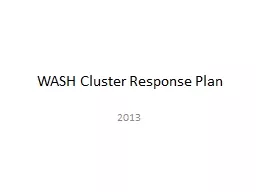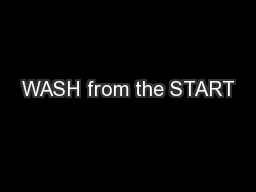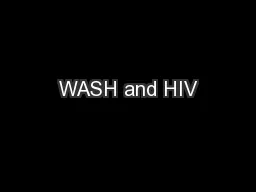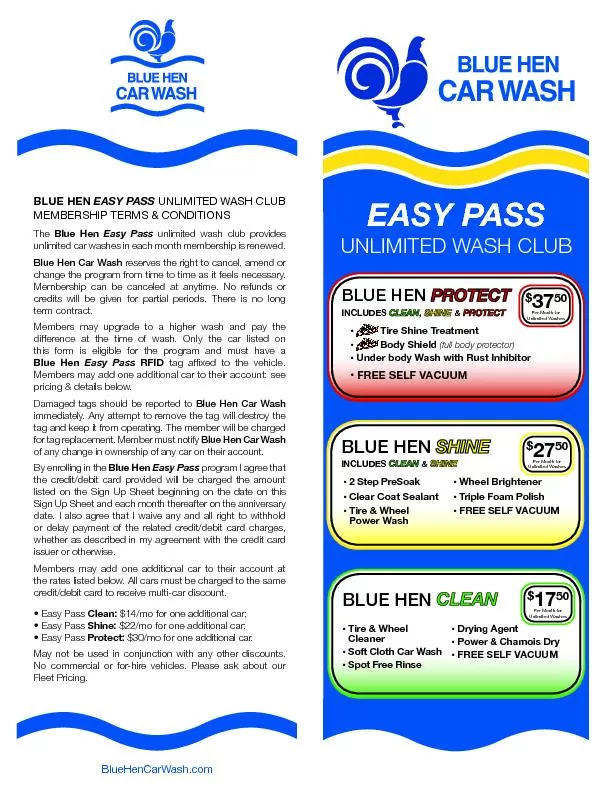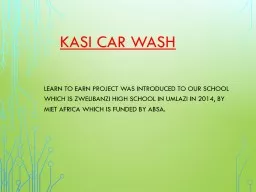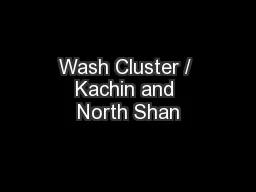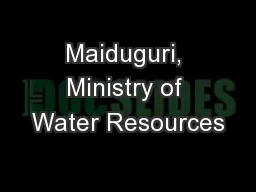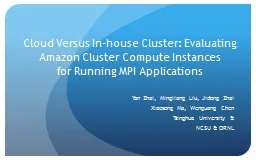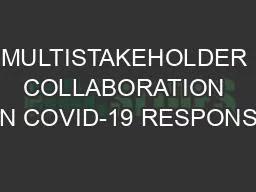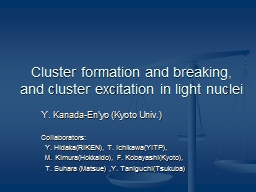PPT-WASH Cluster Response Plan
Author : pinperc | Published Date : 2020-09-28
2013 Summary Cluster lead agency United Nations International Childrens Emergency Fund Number of projects Estimated 18 from 18 partners Number of beneficiaries 3
Presentation Embed Code
Download Presentation
Download Presentation The PPT/PDF document "WASH Cluster Response Plan" is the property of its rightful owner. Permission is granted to download and print the materials on this website for personal, non-commercial use only, and to display it on your personal computer provided you do not modify the materials and that you retain all copyright notices contained in the materials. By downloading content from our website, you accept the terms of this agreement.
WASH Cluster Response Plan: Transcript
Download Rules Of Document
"WASH Cluster Response Plan"The content belongs to its owner. You may download and print it for personal use, without modification, and keep all copyright notices. By downloading, you agree to these terms.
Related Documents

